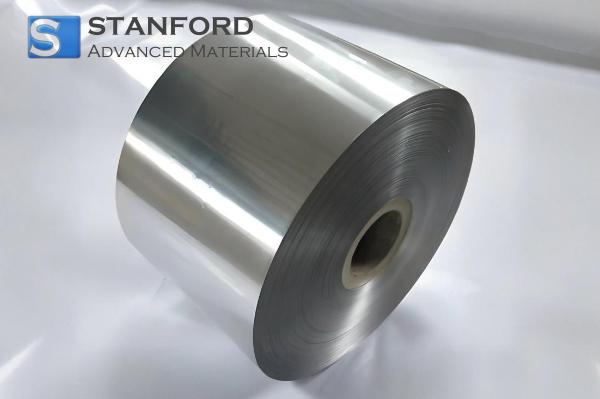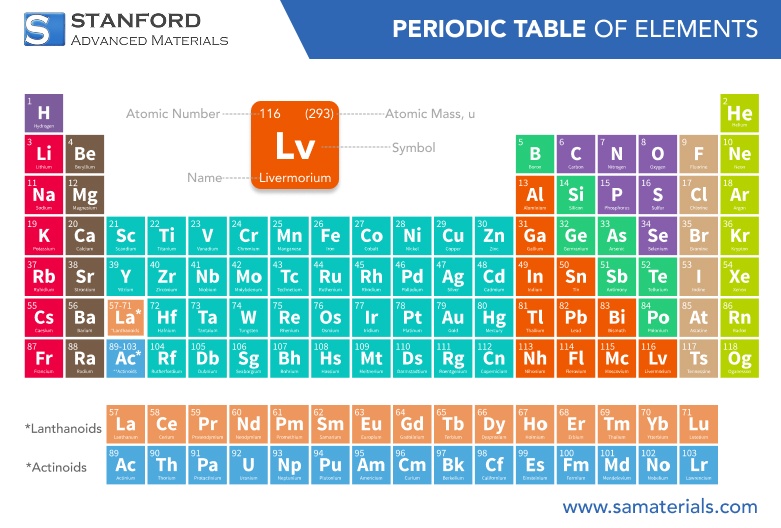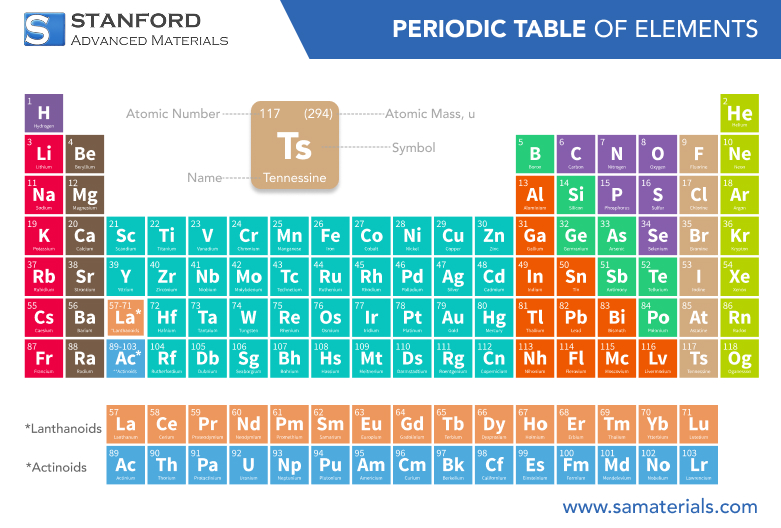Astatine: Element Properties And Uses
Introduction to Astatine
Astatine is a symbol At and atomic number 85 element that is among the naturally occurring and rarest elements on the planet. Astatine belongs to the halogen family of elements that share some chemical properties with iodine and chlorine but is unique because it is highly radioactive and very rare. With a half-life ranging from hours to days depending on the isotope, astatine is not long-lived in nature and is consequently challenging to study for scientists. Its most common applications are limited to medicine only, specifically targeted alpha-particle therapy for cancer.
History and Naming
Astatine was first synthesized in 1940 by Kenneth Ross MacKenzie, Emilio Segrè, and Dale R. Corson of the University of California, Berkeley. They produced the element through bismuth-209 bombardment with alpha particles to obtain astatine-211, which is the most widely used isotope today in research.
The name "astatine" is derived from the Greek word astatos, meaning "unstable," in respect of its extremely radioactive and short-lived nature. Its discovery completed the halogen group in the periodic table, although naturally occurring quantities are minimal.
Physical Properties
Due to the rarity and radioactivity of astatine, some of its physical properties are calculated rather than measured directly. From theoretical calculations and extrapolations from other halogens:
|
Property |
Value |
Units |
|
Atomic Number |
85 |
– |
|
Atomic Weight |
~210 |
g/mol |
|
Electronegativity |
~2.2 |
– |
|
~300 |
K |
|
|
Boiling Point |
~610 |
K |
|
Density |
~7.0 |
g/cm³ |
Astatine is expected to behave as a metalloid, exhibiting both metallic and non-metallic properties. Its colour is assumed to be metallic and dark, potentially black or dark purple in bulk form, although no bulk samples have ever been observed.
Chemical Properties Description
Astatine resembles other halogens, but its radioactivity is associated with unusual behaviour. Some of the most significant chemical properties are:
• Oxidation states: Most characteristically −1, while in certain compounds +1, +3, +5, and +7 occur.
• Compound stability: Astatine compounds are generally unstable, with rapid decay due to the brief half-lives of its isotopes.
• Reactivity: It may form metal salts, e.g., astatides, but these very rarely survive for more than a few minutes.
• Electronegativity: At ~2.2, lower than that of iodine (~2.66), hence slightly less reactive in halogen chemistry.
For instance, astatine can be theoretically made to react with hydrogen to produce hydrogen astatide (HAt), in a similar manner to hydrogen iodide (HI), but the compound deteriorates rapidly due to radioactive decay.
Methods of Preparation
Given its low natural abundance and short half-life, astatine is not derived from natural deposits. Astatine is produced artificially in nuclear reactors or cyclotrons. The most common method is:
1. Irradiation of bismuth-209 targets with alpha particles.
The astatine-211, with a 7.2-hour half-life, is suitable for medical and experimental applications.
2. Chemical purification and isotopic separation: Astatine is quickly isolated from the target through dry distillation or solvent extraction procedures to prepare it for laboratory experiments or clinical applications.
Due to these constraints, research and applications are time-sensitive and need to be conducted in highly specialised radiation-safe laboratories.
Applications
Despite its scarcity, astatine has promising applications in medicine and nuclear physics:
1. Targeted Alpha Therapy (TAT) for Cancer
Astatine-211 emits high-energy alpha particles that kill cancer cells while largely preserving surrounding normal tissue. Clinical trials have investigated thyroid cancer and brain tumours and found that astatine-labelled agents were able to deliver precise, targeted doses.
• Case Study: Recurrent ovarian cancer was treated with At-211 labelled antibodies in a 2015 trial conducted at University of Washington. The therapy proved selectively cytotoxic to tumour cells and reduced systemic toxicity.
2. Radiopharmaceutical Research
Astatine isotopes find use in nuclear medicine as tracers to study metabolic pathways and develop new drug delivery systems. The short half-life provides high activity in small quantities, which is ideal for in vivo imaging and swift action in treatment.
3. Nuclear Physics Experiments
Astatine's position in the periodic table also makes it suitably applicable for studying heavy element chemistry, isotope decay chains, and halogen chemistry under extreme conditions.
Conclusion
Astatine is an extraordinary element, highlighted by its rarity, radioactivity, and therapeutic potential. Although minute quantities occur in nature, artificial production has generated new expectations for cancer therapies and advanced nuclear research. Its history—from discovery in 1940 to contemporary use in radiopharmaceuticals—illustrates the unique challenges and benefits of working with one of nature's most volatile elements.
Frequently Asked Questions
Why is astatine so rare?
It is extremely unstable and radioactive, decaying into other elements after hours or days, so only very small amounts exist naturally at any time.
How is laboratory synthesis of astatine performed?
By irradiating bismuth-209 targets with alpha particles from nuclear reactors or cyclotrons to generate astatine isotopes, predominantly At-211.
What are its major chemical properties?
Astatine is a halogen-like element but also produces radioactively unstable compounds. Its lower electronegativity and short-lived isotopes generate highly reactive and transient chemical species.
Why is astatine of interest for cancer therapy?
Its alpha radiation ensures malignant cells can be specifically targeted with minimal destruction of healthy tissue.
Does astatine have any industrial uses?
There are very few industrial applications; it is primarily employed in medicine and nuclear science, unlike mass commercial processes.

 Bars
Bars
 Beads & Spheres
Beads & Spheres
 Bolts & Nuts
Bolts & Nuts
 Crucibles
Crucibles
 Discs
Discs
 Fibers & Fabrics
Fibers & Fabrics
 Films
Films
 Flake
Flake
 Foams
Foams
 Foil
Foil
 Granules
Granules
 Honeycombs
Honeycombs
 Ink
Ink
 Laminate
Laminate
 Lumps
Lumps
 Meshes
Meshes
 Metallised Film
Metallised Film
 Plate
Plate
 Powders
Powders
 Rod
Rod
 Sheets
Sheets
 Single Crystals
Single Crystals
 Sputtering Target
Sputtering Target
 Tubes
Tubes
 Washer
Washer
 Wires
Wires
 Converters & Calculators
Converters & Calculators
 Write for Us
Write for Us




 Chin Trento
Chin Trento



